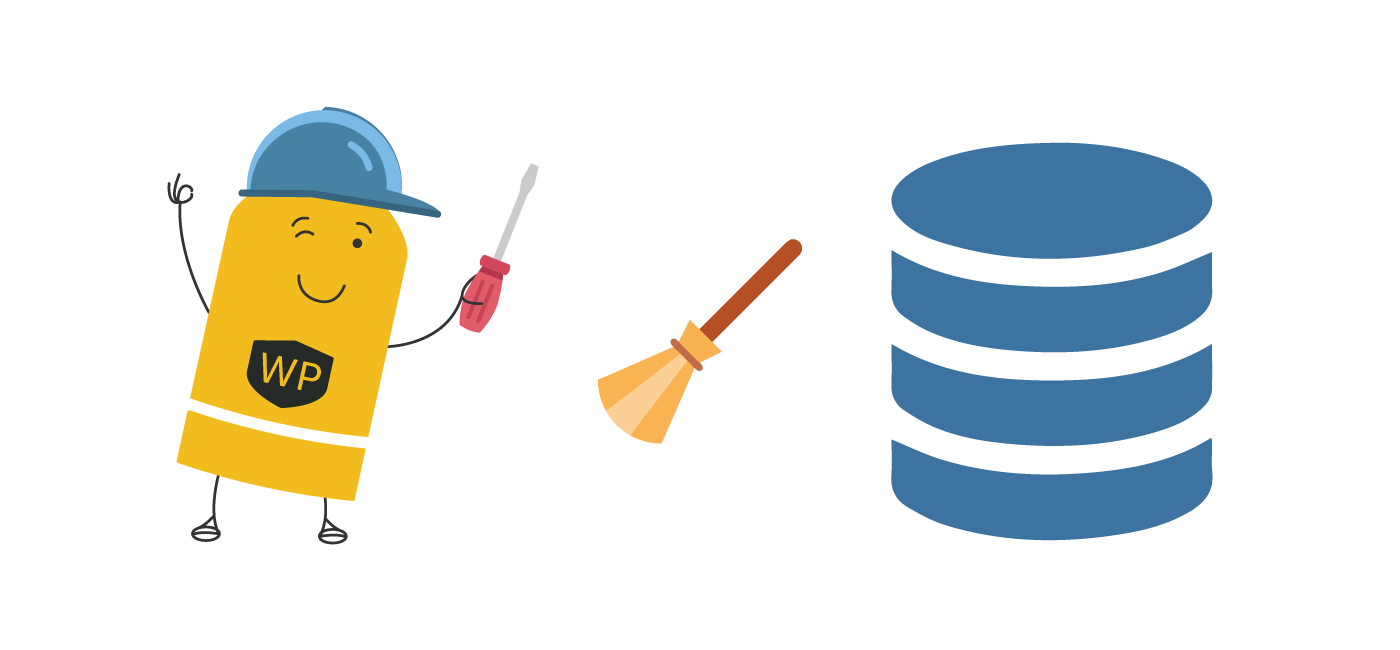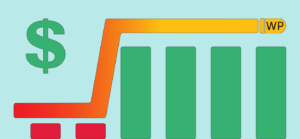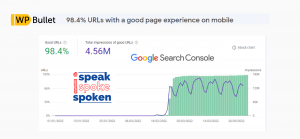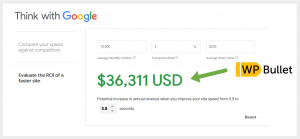Why should you care about having a clean WordPress database?
Do you care about having a clean home so you can easily find things if they get lost?
What do you do if you find a room filled with a bunch of suspicious garbage, do you just leave it there and hope for the best?
Of course not, decaying garbage can have horrible effects on your home like seeping into the foundation or rotting wood, making the future of your home unstable or left with a nasty stench.
Your WordPress database is like your home, maintaining and keeping it clean is important for its overall health and longevity!
Some WordPress sites have very insidious database issues that are a ticking time bomb waiting to explode and make your life miserable.
Some plugins and themes silently add cruft to your database slowly over time until it reaches a tipping point where the site starts crashing with 502 bad gateway, 503 backend fetch failed or 504 bad gateway errors, you are losing data or the site is just very slow.
Database cleanups should be part of any WordPress site or WooCommerce store maintenance on at least an annual basis.
Database Cleanup Benefits
Here is a list of a few of the key benefits of having a lean WordPress or WooCommerce database.
Smaller database means more efficient troubleshooting since there is less garbage to sift through to find key values we need to find the answers to resolving your issue.
Less powerful server is required for a smaller database simply from the amount of physical hardware resources required to support the database size.
Faster backup and restore times if your database footprint is reduced. In an emergency, this means your site is back up and running much faster.
Sites generally perform faster when the databases are leaner and cleaner. WooCommerce is a great example. Cleaning up after HPOS migration can help save a lot of disk space, hosting fees and speed up query times.
If the database schema is broken or altered in any way it can impact performance.
Real Client Database Cleanup Stories
These are a few database cleanup stories from the real world that helped clients just like you, they are like mini case studies so you can get an idea of the real impacts a neglected and bloated database can have on your WordPress site.
Database Cleanup Story – Incorrect Broken Structure
Deb runs a homeschooling site. Her homeschooling site is a massive treasure trove of resources for helping parents homeschool their children effectively with subject and lesson plans. There was an incredible amount of content and she was launching her new site privately to a curated list of 500 of her closest clients.
She launched the site and noticed the wp-admin dashboard area was randomly super slow. We had done some performance troubleshooting using New Relic to try and identify the bottlenecks but the data were all over the place and no real pattern emerged.
When we suggested an in-depth database audit to rule out any database structure and bloat issues she agreed. It turned out her homeschooling learning site had a database structure issue we had to fix. After that was completed and the key table’s structure was resolved, her wp-admin area started flying again like it was shiny and new!
Read Deb’s full WooCommerce membership site performance case study here
Database Cleanup Story – Overloaded Tables
Another client came to us who runs a Bitcoin and blockchain site. Every time he logged in to create or edit new blog posts he got errors preventing him from doing anything.
We checked the database and discovered one table with 500x the amount of data it was supposed to have. This data was all being retrieved unnecessarily causing constant 502 bad gateway errors because the PHP handler and database service was being overwhelmed meaning his site literally could not function for logged in users.
The diagnosis was a plugin improperly storing its data in a key WordPress database engine component. We removed the plugin and deleted everything it left behind. Once we removed these rows the site ran nice and smoothly again – no more crashing with 502 bad gateway errors when the client went in to log in and start posting on his site.
He could finally produce content again and do his job efficiently without these frustrating errors due to the clogged database.
Remember that ticking time bomb analogy from before in the introduction?
This cryptocurrency site was in exactly that situation. The plugin didn’t blow up the site immediately with bloat.
In fact, it took 6 months for the explosion to happen. But if he had gotten a database audit a month or 2 after launching his site, it would have been caught and fixed earlier avoiding a ton of headaches and frustration.
Think of all of the content he didn’t post because the site was crashing when he logged in – you don’t have to live your online life like that – you deserve better: an error-free, efficient and enjoyable online life 🙂
What to Expect
We will give you a database audit and cleanup that no plugin (free or premium) can provide.
You will get a deep dive further than any plugin on the market by using our in-house database investigations we’ve developed over our years of experience.
Many clients wonder what we can find in the database that others do not. This goes back to our core philosophy of being very thorough.
We cannot share the details of the database digging and analysis because then other services would copy our methods.
We can tell you that we include the standard cleanups you’ll see on other plugins:
- Post revisions and auto drafts
- Orphan postmeta
- Options orphans and transients
- Orphan relationships and terms
- Orphan commentmeta
- Orphan usermeta
- Spam comments
- Orphan tables
More importantly, there are about 10 other areas we investigate that we use for our top-level most through database cleanup package.
You get a Notion page with the findings for your records.
We also share the customized cleanup script with you so you have it just in case 🙂
Your Responsibilities
Helping testing without intimate knowledge of the site to make sure everything is working properly in the testing and deployment phases by using your Quality Assurance (QA) checklist (we have one we can share with you if you don’t have one).
WordPress Database Cleanup Phase 1 – Discovery
Check database table health using our auditing tools.
Gather data on the size of the database and tables so we have a before snapshot to compare to after the cleanup.
Make a copy of the site and dig into the database tables, columns and rows.
Find any unusually high amount of database rows and which plugin or theme created them.
If the plugin or theme is still being used then we help you find alternatives that have similar features.
We can also reach out to the theme or plugin developer to make them aware of the issue and hope that they fix it. Sadly this often results in no changes just so you are prepared a replacement may be the only viable solution.
If the plugin or theme that created the high amount of rows slowing down the database then we can help you submit a bug report to the plugin developer so they can fix it in their next version.
Find leftover tables and settings, check for duplicates rows.
Identify any database structure issues slowing the site down.
WordPress Database Cleanup Phase 2 – Testing
Write a custom script to delete these unnecessary components specifically designed for your site.
We test the database cleanup on the staging site to see if everything is working properly with your assistance.
If there are any unexpected side-effects from the database cleanup, we then identify those and correct them in your custom database cleanup script.
Once the database script does its job we then move on to the final phase!
WordPress Database Cleanup Phase 3 – Implementing on Production
We take a backup of the live site and execute the database cleanup script we built for your WordPress or WooCommerce site.
We monitor and make sure everything is OK and then share the documentation with you.
If you want to find out if your database health is in good standing, please reach out!



